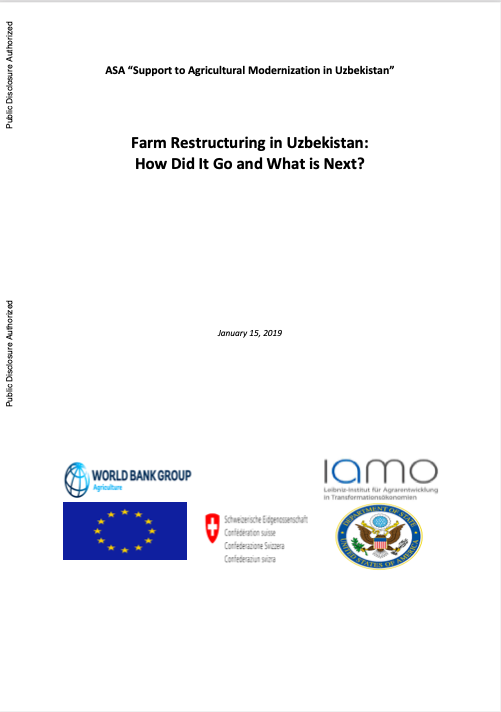Towards Responsible Consolidation of Customary Lands: A Research Synthesis
The use of land consolidation on customary lands has been limited, though land fragmentation persists. Land fragmentation on customary lands has two main causes—the nature of the customary land tenure system, and the somewhat linked agricultural system. Since attempts to increase food productivity on customary lands have involved fertilisation and mechanisation on the small and scattered farmlands, these approaches have fallen short of increasing food productivity.


